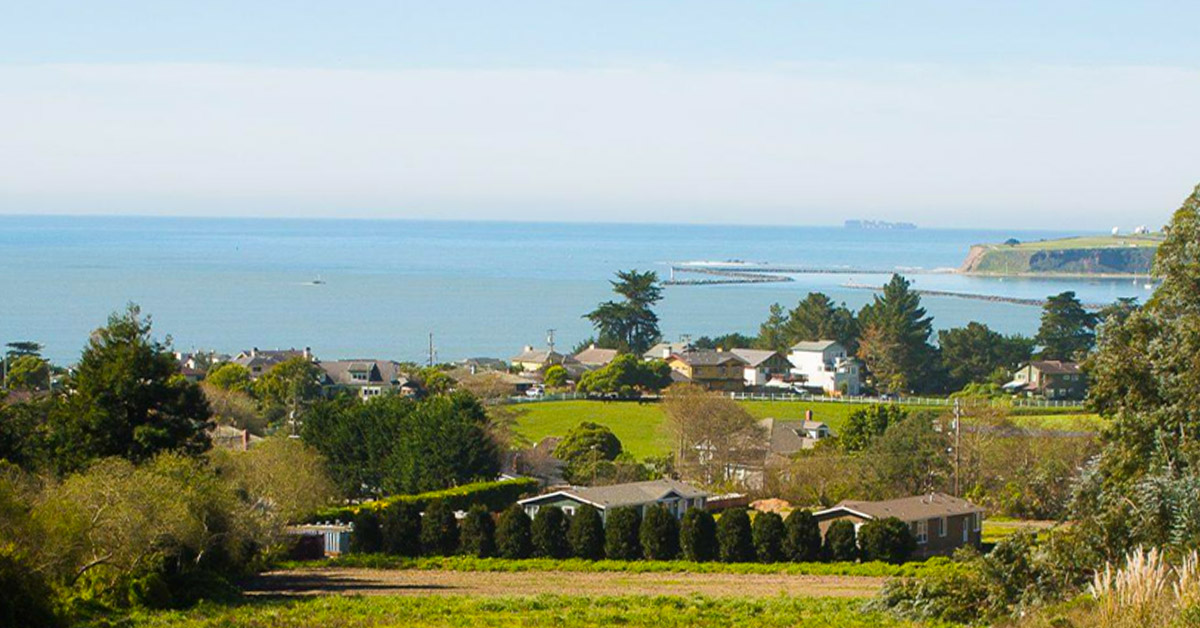This will be another one of those “where were you” moments. A time we will recall for the rest of our lives—because I am not sure we will ever view life in our little town quite the same way.
It is hard for me even to write the words: active shooter, gun violence, slain, dead, injured, grieving. Even now, even after it is all too real, my brain is having trouble putting the image of Half Moon Bay against the events of this past week.
In the back of my mind, I remember hearing Mark speed down the driveway in our little farm vehicle on Monday afternoon. But I was in the garden, enjoying the winter sun and dreaming of the growing season, and didn’t really give it any notice. It was only a bit later, when he asked me if I was following all the alerts and texts flooding in, that I realized something was not right in the world. Our gate was locked, we were sheltered in place, and in my wildest imagination, I could not have conjured up what was unfolding in our little town just a few miles to the south.
“We know that gun violence is out of control in the United States, and while California has some of the strictest gun laws in the country, it is not enough to prevent over 20 people from being killed by gun violence in our state in just the past week.”
By now, you know the headlines. Images of Half Moon Bay have been on the news around the globe, with stories often focused on the contrast between the bucolic coastal community and the unfathomable violence. And now we are grieving the loss of seven people shot dead on farms in our community, while an eighth person is in the hospital.
We all want to know how this could possibly happen in Half Moon Bay. We thought we were a close-knit, safe, rural, small town. But we all know this can (happen) anywhere across our country—and bucolic small towns are no exception. We know that gun violence is out of control in the United States, and while California has some of the strictest gun laws in the country, it is not enough to prevent over 20 people from being killed by gun violence in our state in just the past week.
Gavin Newsom visited Half Moon Bay yesterday, coming straight from his visit to Monterey Park, where eleven Californians were killed, and nine were injured. He was angry and emotional. We all should be. He was pleading for action at the federal level. We all should be.
I want to thank everyone who reached out to us in the past few days. Your caring and connection is meaningful. Mark and I appreciated hearing from you. It is hard to say we are “fine,” but we are safe and shattered at the same time. A friend wrote a note to me about resiliency—I really appreciated that because we must be resilient, and it was a good reminder.
If you would like to help Half Moon Bay families impacted by this tragedy, there are two organizations that are doing herculean work locally. Their support of over 60 families flooded out in the January storms continues even as they now support an additional 20 families that have been traumatized and relocated from the farms where they lived (that are now crime scenes). Please give here to ALAS and here to Coastside Hope. Any amount will make a difference.
Please take care of yourself and be kind to yourself. Hug your family close and take a deep breath. Then dive into your community and help where you can. That’s what we’ll be doing.

Jayne and Mark Battey
Miramar Farms
Jayne Battey serves on the ALF Silicon Valley and ALF National boards and is a member of Class XXIV. She is the owner of Miramar Farms in Half Moon Bay.




